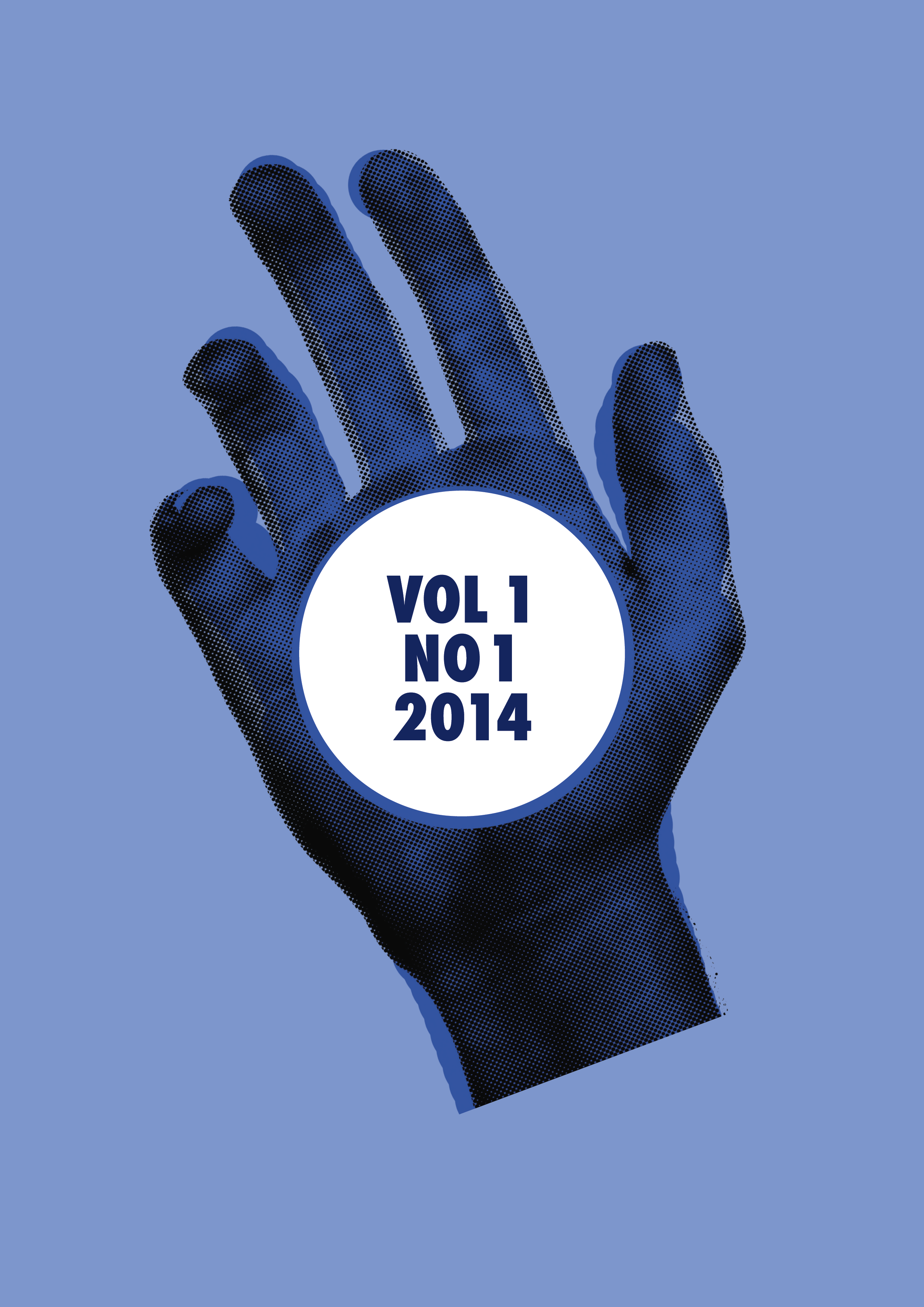Participatory Citizenship in a War Zone: On Activist Strategies in a Documentary Film and on the Internet
DOI:
https://doi.org/10.7146/tjcp.v1i1.18607Keywords:
Participatory engagement, the intercessor, documentary activism, Nagieb KhajaAbstract
This article studies Nagieb Khaja’s documentary film My Afghanistan. Life in the Forbidden Zone (2012), produced from footage by locals. It is Khaja’s aim to create awareness of how daily life is maintained in a war zone in Afghanistan. In 2013 he launched a webpage to further the interest in the matter. News on the withdrawal of military forces and interviews with locals were posted on the site, which was used as an educational participatory platform. This article highlights the participatory engagement by including the Deleuzian concept of ‘the intercessor’ – i.e. the use of the film camera as a creative rather than a documenting device – and it contends that the intuitive use of the camera momentarily has a participatory impact on the users and an affective impact on spectators and users alike.
Downloads
Published
How to Cite
Issue
Section
License
Copyright (c) 2021 Conjunctions. Transdisciplinary Journal of Cultural Participation

This work is licensed under a Creative Commons Attribution-NonCommercial-NoDerivatives 4.0 International License.
Copyright (c)): Author
This work is licensed under a Creative Commons Attribution-NonCommercial-NoDerivatives 4.0 International License.





